🍽️What is Jenkins?
Jenkins is an open-source project written in Java that runs on Windows, macOS and other Unix-like O.S. It is a free community supported and might be your first choice tool for CI(continuous Integration).
Jenkins automation the entire software deployment life cycle.
Jenkins was originally developed by Sun Microsystem in 2004 under the name Hudson.
it can run on any major platform without any compatibility issues.
Jenkins achieves Continuous Integration with the help of plugins. Plugins allow the integration of Various DevOps stages. If you want to integrate a particular tool, you need to install the plugins for that tool. For example Git, Maven 2 project, Amazon EC2, HTML publisher etc.
Jenkins came into the picture to address the challenges in software development, such as repetitive tasks, manual interventions, and inconsistent build and deployment processes.
As software projects grew in complexity, manual tasks like building, testing, and deploying code became time-consuming and error-prone. Its flexibility, extensibility, and ability to integrate with various tools made it a popular choice for teams seeking to improve their development workflows and deliver software faster and with higher quality.
Jenkins emerged as an open-source solution that offered developers a way to automate tasks, integrate different tools, and establish continuous integration and continuous delivery (CI/CD) pipelines. This helped teams achieve faster development cycles, better collaboration, and more reliable software releases.

Continuous Integration:
Continuous integration is a procedure to integrate all the code changes done by several developers in one project. A code is repeatedly tested after a commit to guarantee the code is error and bug-free.

Continuous Deployment:
Continuous Deployment aims at continuously releasing the code changes into the production environment.
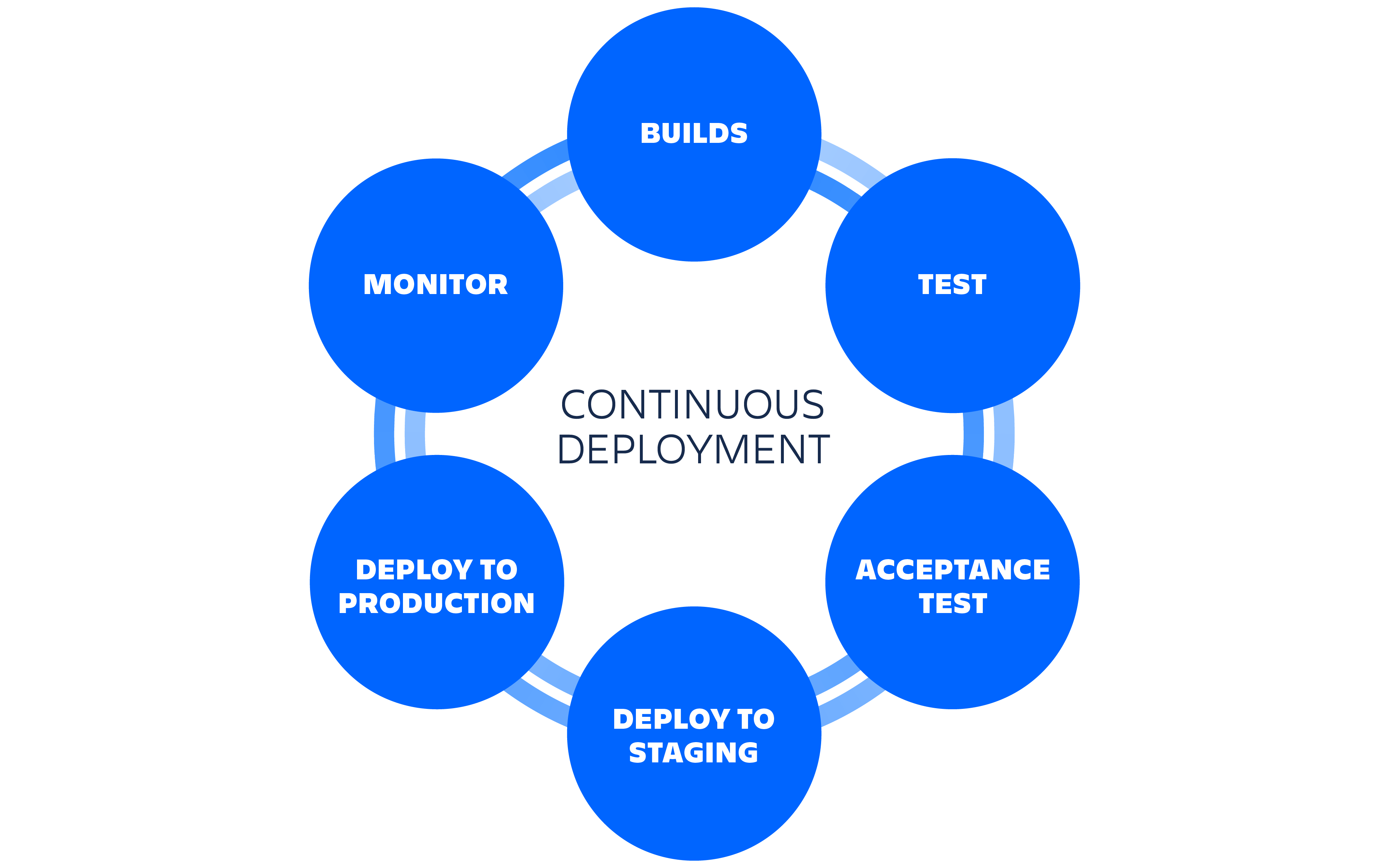
🚚Continuous Delivery:
Continuous Delivery is a software engineering practice where the code changes are prepared to be released.
Tasks:
Create a freestyle pipeline to print "Hello World!!
Follow a few steps to create a freestyle pipeline
first of all create an EC2 - instance Jenkin-server

install Jenkins on your Ubuntu server by following the link:
jenkins.io/doc/book/installing/linux
To install Jenkins copy this code to your Ubuntu machine
curl -fsSL https://pkg.jenkins.io/debian-stable/jenkins.io-2023.key | sudo tee \
/usr/share/keyrings/jenkins-keyring.asc > /dev/null
echo deb [signed-by=/usr/share/keyrings/jenkins-keyring.asc] \
https://pkg.jenkins.io/debian-stable binary/ | sudo tee \
/etc/apt/sources.list.d/jenkins.list > /dev/null
sudo apt-get update
sudo apt-get install jenkins
- Now install Java on your machine.
sudo apt update
sudo apt install openjdk-17-jre
java -version
openjdk version "17.0.7" 2023-04-18
OpenJDK Runtime Environment (build 17.0.7+7-Debian-1deb11u1)
OpenJDK 64-Bit Server VM (build 17.0.7+7-Debian-1deb11u1, mixed mode, sharing)
Start Jenkins service - systemctl start jenkins
Enable port 8080 on your ec2 instance and access the URL to get the Jenkins UI page
Log in using the username admin and to get the initial admin password go to this location on your Jenkins server created on ec2 and run the command:
sudo cd /var/lib/jenkins/secrets/initial admin password
Copy the password and paste it to the URL page at the Administrator password options below
Copy the password and paste it to the URL page at the Administrator password options below
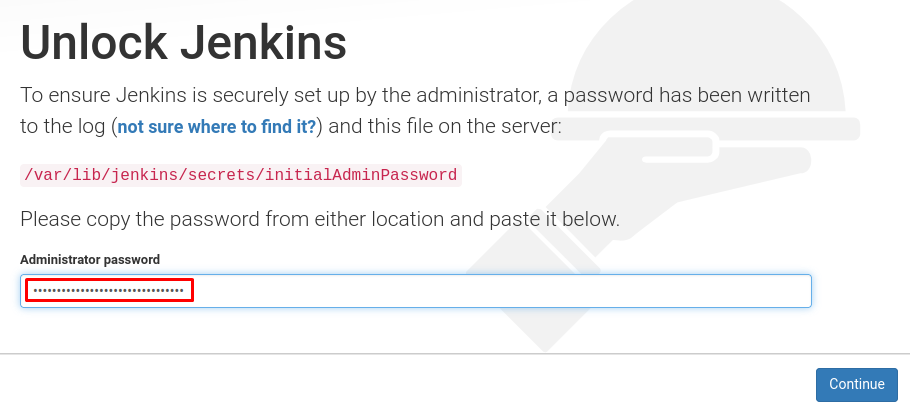
Once you unlock Jenkins, customize and prepare the Jenkins environment:
1. Click the Install suggested plugins button to have Jenkins automatically install the most frequently used plugins.
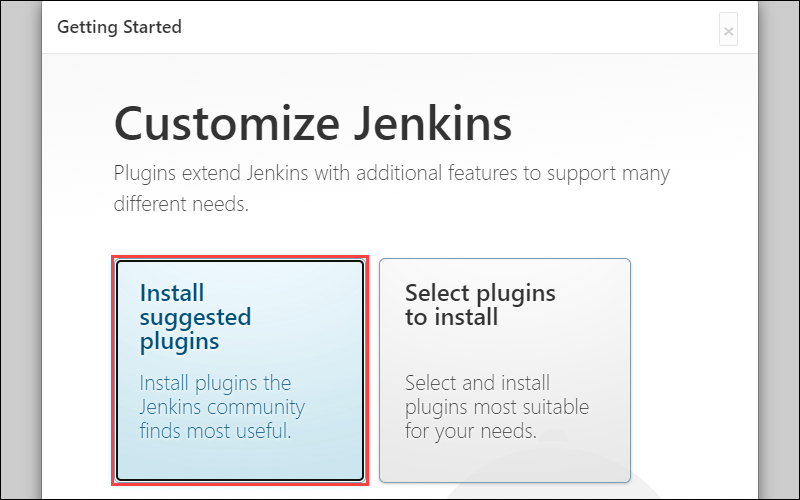
2. After Jenkins finishes installing the plugins, enter the required information on the Create First Admin User page. Click Save and Continue to Proceed.
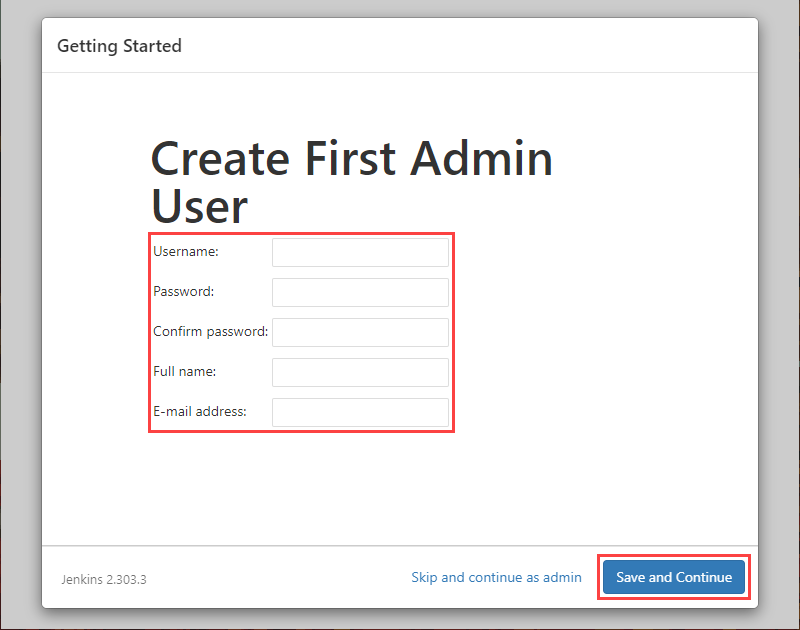
3. On the Instance Configuration page, confirm the port number you want Jenkins to use and click Save and Finish to finish the initial customization.
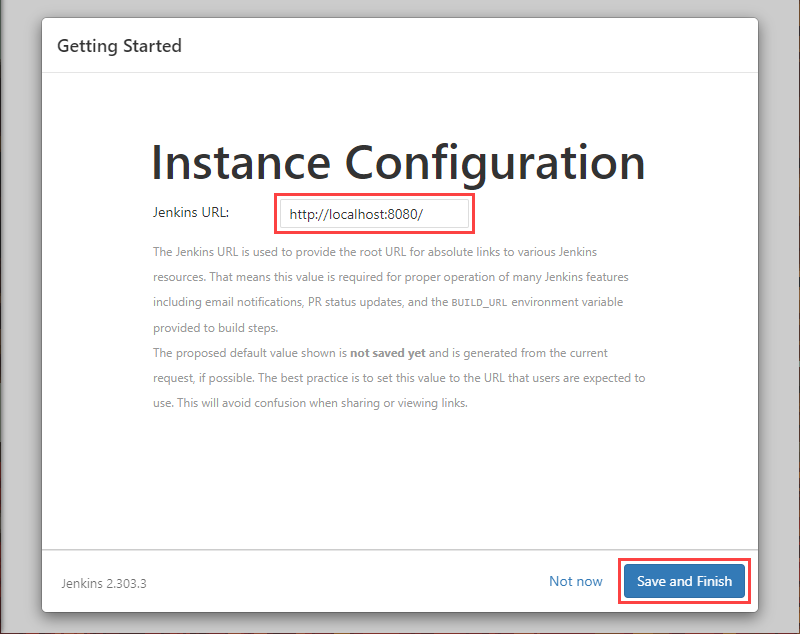
4. Click the Start using Jenkins button to move to the Jenkins dashboard.
5. Using the Jenkins dashboard, click Create New Item



Click on save and build Now.

See the console output once the build is triggered, click on the build number to view the console output of the echo command.

📍Conclusion:
Jenkins is an open source continuous integration-continuous delivery and deployment (CI/CD) automation software DevOps tool written in the Java programming language. It is used to implement CI/CD workflows, called pipelines.
Jenkins is a tool that is used for automation, and it is an open-source server that allows all the developers to build, test and deploy software. It works or runs on java as it is written in java. By using Jenkins we can make a continuous integration of projects(jobs) or end-to-endpoint automation.
So I encourage you to try this on your own and let me know in the comment section about your learning experience
Thank you for reading!
Happy Learning 😊🙌
Thank You! Stay Connected ☁️👩💻🌈
Contact me at :
LinkedIn: Akash Singh


